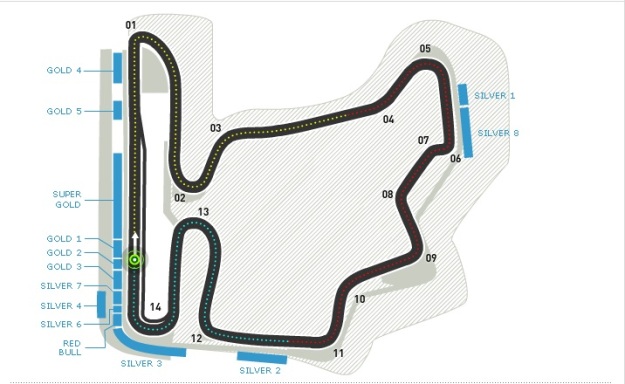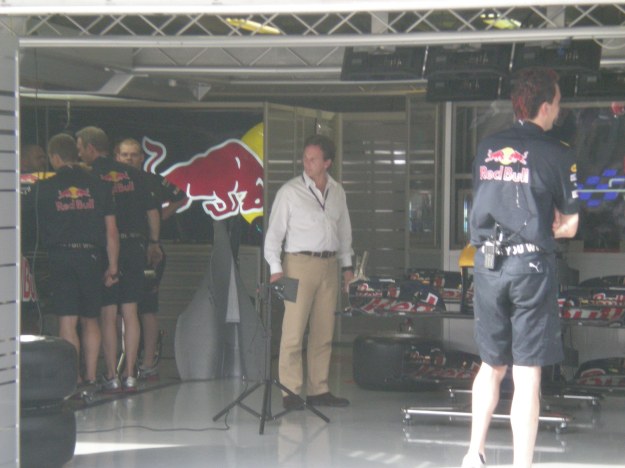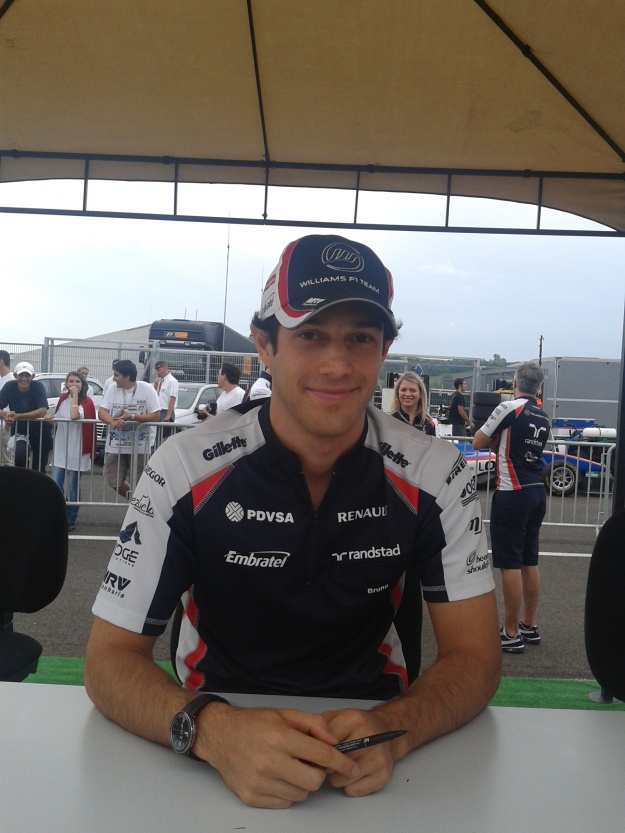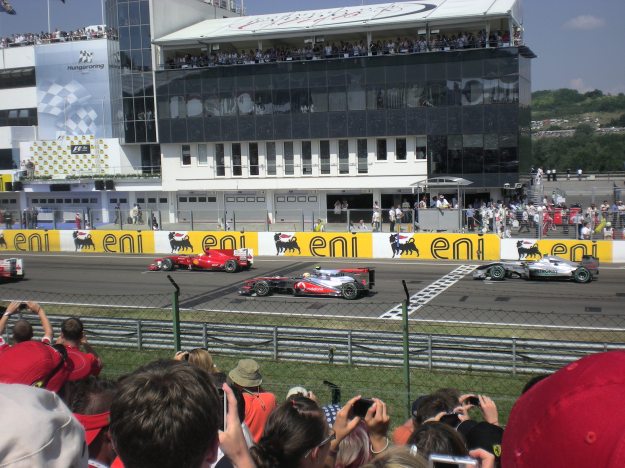The Hungarian Grand Prix joined the Formula One calendar in 1986.
The tight, twisty Hungaroring circuit near Budapest is now an established venue on the F1 calendar and a demanding test for the drivers.
There is barely a moment for the drivers to relax on this 14 turn, 4.3 kilometre track over 70 demanding laps.
Due to its usual scheduling in deep into the summer months, the drivers and fans can normally expect scorching temperatures.
However in 2006 it was an unusually wet race that helped Jenson Button secure his maiden Grand Prix win at his 113th attempt.
There have been some other similarly memorable Hungarian Grands Prix down the years, too.
At the 1992 event, Nigel Mansell achieved his lifetime dream of becoming Formula One World Champion and year later Damon Hill claimed his maiden win.
Few people can forget the 1997 race, though, when Hill, driving the Arrows, fought his way past Michael Schumacher’s Ferrari, only to later relinquish his lead with mechanical trouble.
Those memorable races aside, the circuit developed a reputation for delivering dull racing, with little opportunity to overtake.
But with the advent of KERS, DRS and the new generation Pirelli tyres, as with most circuit, this has changed and the racing has improved.
So, what do F1 fans who want to go to the Hungaroring need to know.
Following Anthony French’s low-down on the Monaco Grand Prix experience last time, in this second edition of my F1 travellers’ guide, Briony Dixon – who has attended the Hungarian Grand Prix on a number of occasions – gives her hints and tips for fans seeking advice on how to get to this ever popular Grand Prix in Budapest.
Travel
“For me, once the passionate and energetic atmosphere of the Hungaroring had been experienced, it was inevitable that it would become an annual visit, hence tickets for the 2013 Hungarian Grand Prix being booked back in October.
“Each of my three visits so far have been arranged independently and travel to Budapest and subsequently to the track have varied each time.
“The first time, we flew to Budapest then hired a car as the circuit lies approximately 25km away from the city. The second visit was the final destination of a road trip across Europe so again, we drove from the city to the circuit.
“Reaching the circuit by car from Budapest is easy because it is straight down the motorway.
“However, once you enter the circuit, queues start to form as cars filter into the car parks. Leaving an hour for this is advisable, especially for qualifying and race day, more may be needed if you arrive later.
“Being in a queue at the Hungaroring is the best type of queue you will ever experience, providing you leave enough time, because you will be surrounded by fans walking to the circuit waving flags and chanting.
“This coupled with the sound of the helicopters overhead stirs your excitement and ignites your passion. Driving to the circuit can definitely be recommended and parking is free.
“Last year we spiced travelling to the circuit up a little in the form of the free shuttle bus from Arpad Bridge metro station in Budapest. If you enjoy a good crushing and a brisk walk to and from the circuit from the drop off point, then this is the form of travel for you.
“Getting to the circuit isn’t too bad, neither is coming back on the Friday and Saturday, as fans trickle out of the circuit at different times.
“Race day, however, is another story. With the Formula One race being the finale of the weekend, everyone leaves at the same time, making getting on to a bus rather unpleasant.
“On the positive side, it is a free service and runs fairly frequently.
At the circuit
“When you buy a weekend ticket you are given the opportunity to do the Thursday pit walk.
“The circuit is opened between 4 o’clock and 7 o’clock and allows the fans a chance to walk along the pit lane to see the mechanics in action in the garages.
“There is also a driver signing. Ensuring you get to the circuit early to get to the front of the queue for this experience is vital because the drivers only sign for a limited time and the pit lane gets severely congested.
“Travel to the circuit on a Thursday is interesting. The shuttle bus doesn’t run, but there is a train that runs from Ors Vezer Ter station every half an hour.
“Arriving at Mogyrod, there is then an hour long walk to the circuit. When leaving the circuit they block off certain entrances, including the one you use when you arrived by train. This meant that we had no idea where we were going to get back to the station, so we followed the advice of stewards at the track which was wrong!
“Having been sent in a particular direction to find the train station, we walked for about 4km, only to then be told we were 10km away! Befriending some American McLaren fans, between us we finally managed to reach Budapest three bus journeys later.
“The circuit is short so you can walk around the whole thing, the positive side of this being that you can reach the F1 village from wherever you are watching the race.
“I have watched the race from the Gold 2 grandstand on each visit. Not only is it right above the grid but you also get a great view into the Red Bull garage.
“Taking binoculars is a must and enables you to spy on the other teams in addition to Red Bull. Changes have been made to the grandstands for 2013 and the old Gold 2 is now included in Gold 1.
“If you want to position yourself in a place with a high chance of seeing some overtaking, then Gold 4 at Turn 1 would be a good choice.
“The track is great for those with general admission tickets as there are vast grassy areas that are elevated enough to gain a good view of the track without being too hilly or uncomfortable.
“Formula One at the Hungaroring is an experience you will never forget and if you are anything like me, is one that will leave a permanent imprint on your heart.”




Pingback: F1 traveller’s guide: Nurburgring | joe blogs on f1